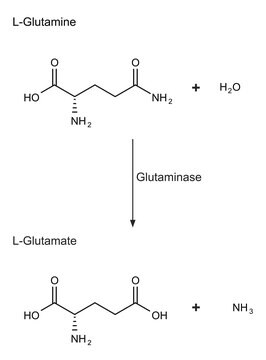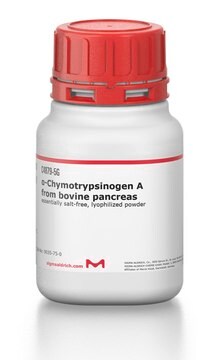A9253
L-Amino Acid Oxidase from Crotalus adamanteus
Type I (dried venom)
Synonym(s):
L-AAO, L-Amino acid: oxygen oxidoreductase (deaminating)
About This Item
Recommended Products
biological source
Crotalus adamanteus
Quality Level
type
Type I (dried venom)
Type I
form
powder
mol wt
~130 kDa
solubility
H2O: soluble 1.0 mg/mL, clear(lit.)
storage temp.
−20°C
Looking for similar products? Visit Product Comparison Guide
General description
Application
Biochem/physiol Actions
Preparation Note
Signal Word
Danger
Hazard Statements
Precautionary Statements
Hazard Classifications
Acute Tox. 1 Inhalation - Acute Tox. 2 Dermal - Acute Tox. 2 Oral
Storage Class Code
6.1A - Combustible acute toxic Cat. 1 and 2 / very toxic hazardous materials
WGK
WGK 3
Flash Point(F)
Not applicable
Flash Point(C)
Not applicable
Certificates of Analysis (COA)
Search for Certificates of Analysis (COA) by entering the products Lot/Batch Number. Lot and Batch Numbers can be found on a product’s label following the words ‘Lot’ or ‘Batch’.
Already Own This Product?
Find documentation for the products that you have recently purchased in the Document Library.
Our team of scientists has experience in all areas of research including Life Science, Material Science, Chemical Synthesis, Chromatography, Analytical and many others.
Contact Technical Service








